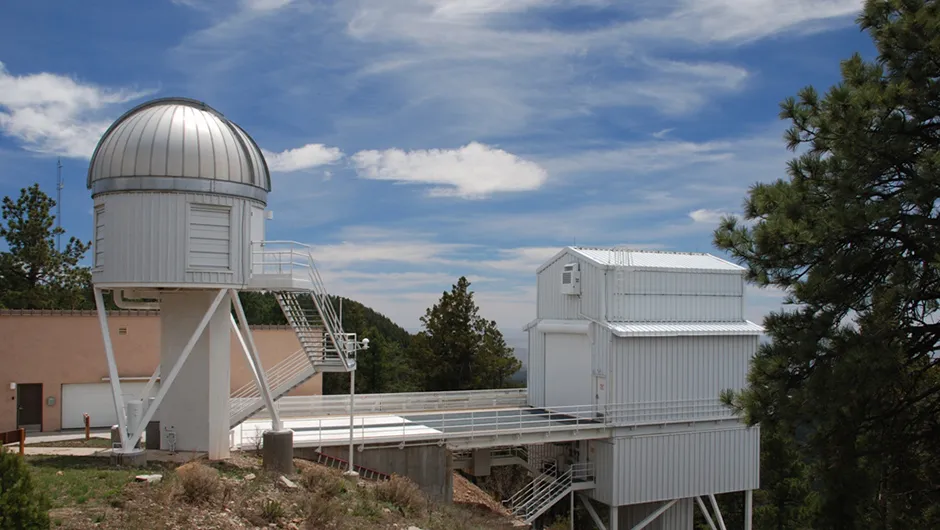NGC 6240 as seen by the Hubble Space Telescope. Image Credit: NASA, ESA, the Hubble Heritage (STScI/AURA)-ESA/Hubble Collaboration, and A. Evans (University of Virginia, Charlottesville/NRAO/Stony Brook University
NGC 6240 is a galaxy with two supermassive black holes at its centre, leading to the conclusion that it was formed by the merging of two separate galaxies.
The two black holes are circling each other, getting closer with each orbit, and will eventually crash into one another.
Research into this phenomenon has revealed that gases ejected by the black holes and by stars in the galaxy may be responsible for cutting off the galaxy’s production of new stars.
These jets extend about 30,000 lightyears into space, forming the galaxy into a 'butterfly' shape.
Using the Hubble Space Telescope, the Very Large Telescope in Chile and Apache Point Observatory in New Mexico, a team from the University of Colorado Boulder have been able to build up a picture of the processes in the galaxy.
The butterfly’s northwest corner appears to be produced by streams of charged particles and gases emitted by stars.
The northeast corner appears to be the result of a single cone of gas ejected by the black holes. This happens as the black holes consume surrounding material, creating enormous amounts of energy that fires off powerful jets.

These two forces combined evict about 100 times the mass of the Sun in gases from the galaxy every year.
Normally the merging of galaxies is associated with the re-ignition of star formation, but in this case the black hole and stellar winds have slowed down the process by clearing away the gas and dust that form new stars.
“NGC 6240 is in a unique phase of its evolution,” says Julie Comerford, an assistant professor at Apache Point Observatory and a co-author of the study.
“It is forming stars intensely now, so it needs the extra strong kick of two winds to slow down that star formation and evolve into a less active galaxy.”
“We dissected the butterfly,” says study leadFrancisco Müller-Sánchez of CU Boulder’s Department of Astrophysical and Planetary Sciences.
“This is the first galaxy in which we can see both the wind from the two supermassive black holes and the outflow of low ionization gas from star formation at the same time."
